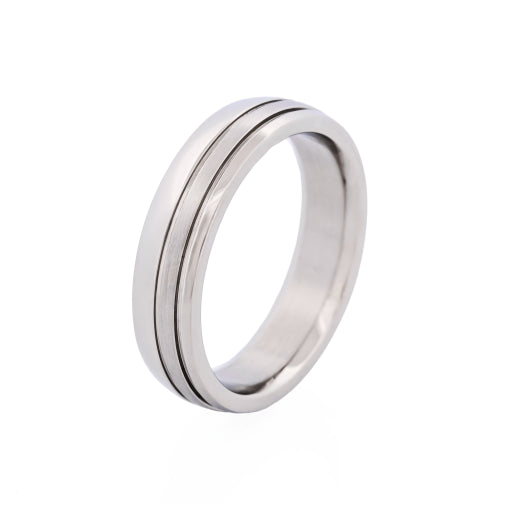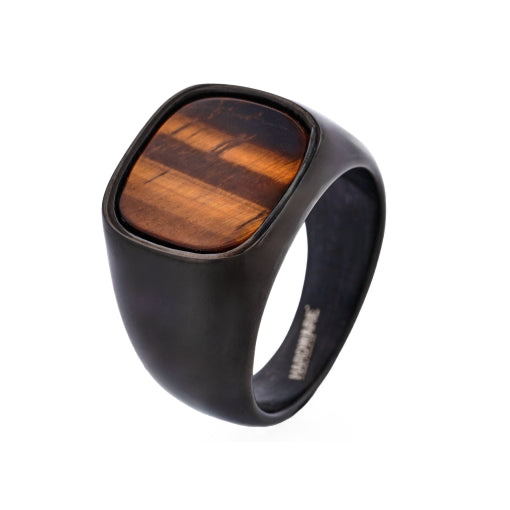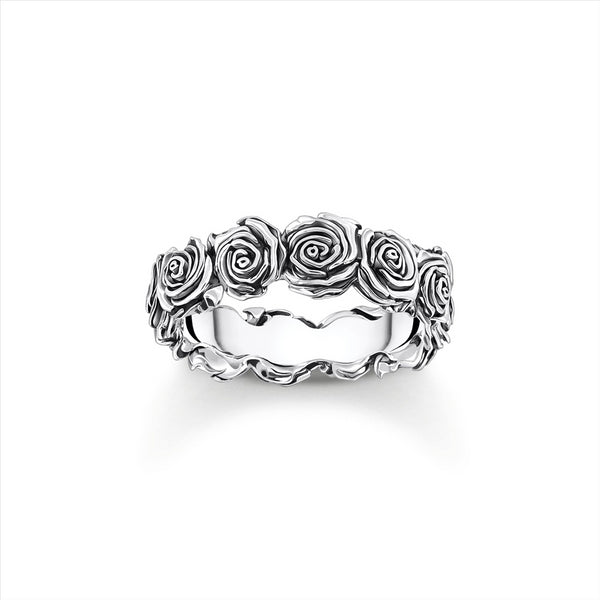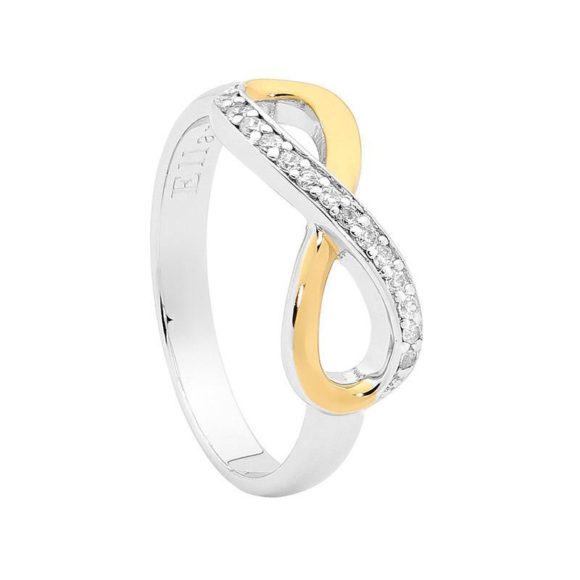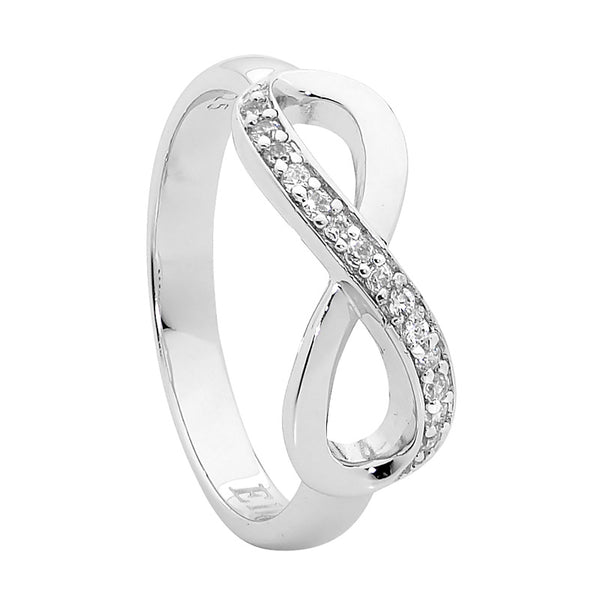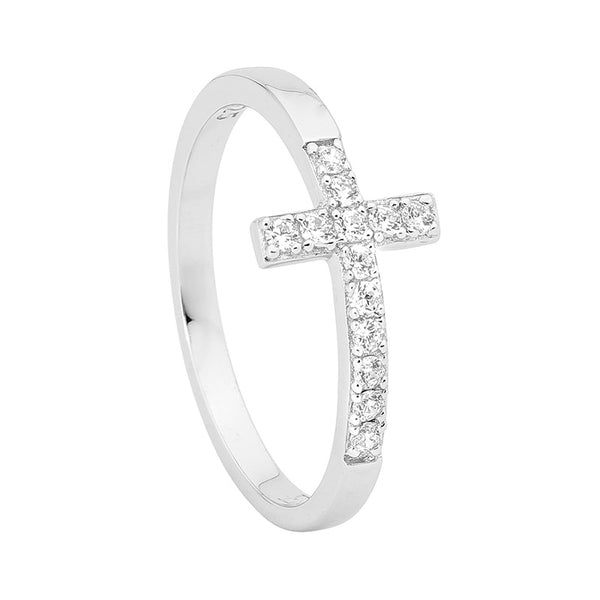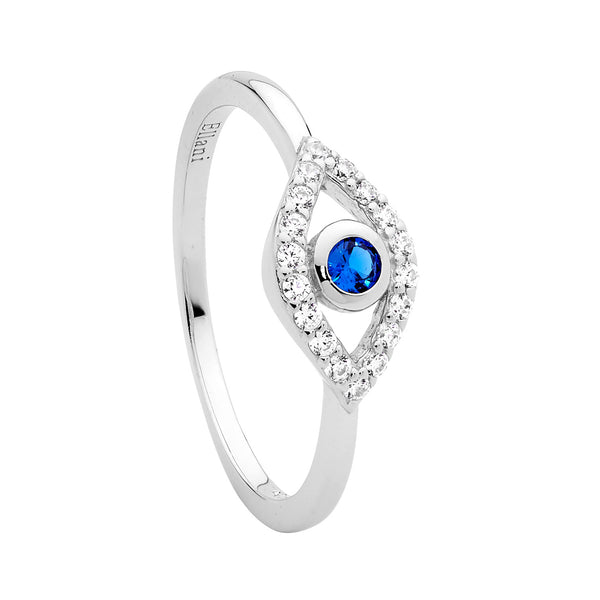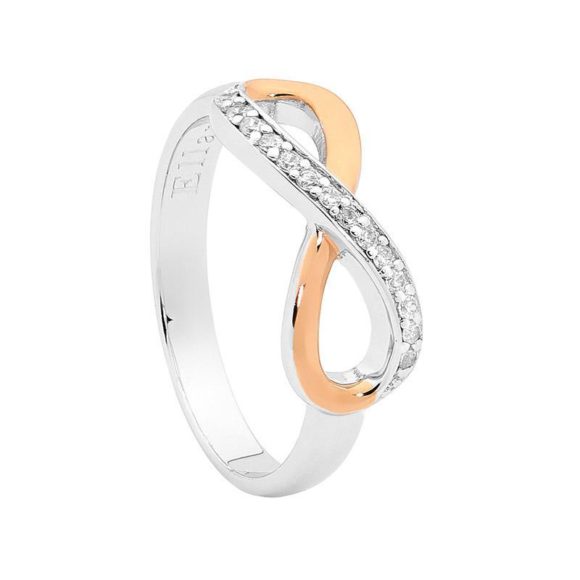Which hand for engagement ring Australia
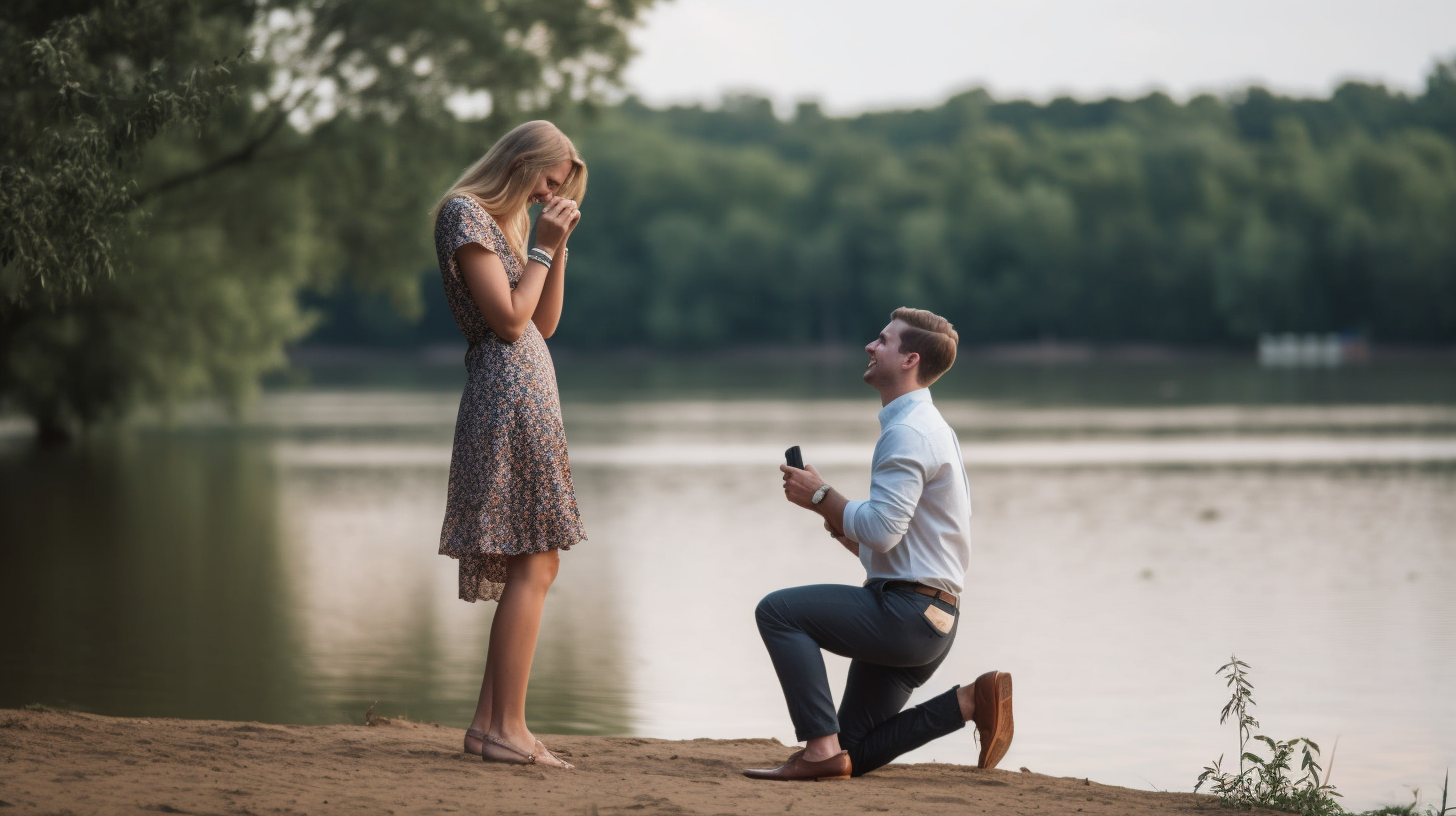
Australia, known for its rich cultural diversity and stunning landscapes, boasts a unique blend of engagement traditions and customs. Rooted in its British colonial past, the country has adopted several British practices, including wearing the engagement ring on the left hand. This particular custom can be traced back to the ancient Romans, who believed that the fourth finger of the left hand housed the “vein of love,” connecting directly to the heart.
As a melting pot of cultures, Australia has seen people from various backgrounds bring their distinct customs and traditions, resulting in a colourful tapestry of engagement and wedding practices. Australian proposals can occur in various settings, from romantic dinners and scenic hikes to cosy moments at home. The engagement ring, a symbol of the intention to marry, is often presented during the proposal, with some couples opting to pick out the ring together to emphasise their partnership.
Once the big question has been popped, it’s customary for the happy couple to host an engagement party, inviting close friends and family to share in their joy. These celebrations can range from casual gatherings to formal affairs, complete with heartfelt speeches, toasts, and recounting of the couple’s engagement story.
Regarding engagement rings in Australia, there’s no shortage of styles. Many couples opt for designs incorporating Australian gemstones like opals or pink diamonds, adding a special touch and highlighting their connection to the country.
Engagement Ring Traditions Around the World
Engagement ring customs vary widely across cultures and countries, reflecting diverse beliefs, traditions, and historical influences. Below is an overview of some unique engagement ring customs from around the world:
- United States and Canada: Like Australia, these countries have been influenced by British customs, with most people wearing engagement rings on the left hand’s fourth finger. The rings often feature diamonds, reflecting the popular adage, “A diamond is forever.”
- India: In Indian culture, the engagement ceremony, also known as the “sagai,” involves exchanging rings generally worn on the right hand’s fourth finger. Gold is a popular choice for engagement rings, often adorned with gemstones or intricate designs.
- Brazil: Brazilian couples typically wear their engagement rings on the right hand’s fourth finger, switching to the left hand after the wedding. Gold bands, sometimes adorned with diamonds or other gemstones, are popular choices for engagement rings.
- Germany and the Netherlands: In these countries, the engagement ring is traditionally worn on the left hand’s fourth finger, with the wedding band moving to the right hand after the ceremony. Simple gold bands are common for both engagement and wedding rings.
- Jewish Tradition: In Jewish culture, during the wedding ceremony, the groom places the wedding band on the bride’s right index finger, following the belief that this finger is more visible and serves as a testament to the marriage. The bride may move the ring to another finger after the ceremony.
- Russian Tradition: Russian couples often wear their wedding bands on the right hand’s fourth finger. Instead of a separate engagement ring, they use a simple gold or silver band, which may complement a more elaborate ring after the wedding.
- Nordic Countries: In Scandinavian countries like Sweden, Norway, and Denmark, both partners traditionally wear simple gold or silver bands during their engagement. After the wedding, the bride may receive an additional ring, often adorned with diamonds or other gemstones.
These are just a few examples of the diverse engagement ring customs worldwide. Each tradition reflects the people's unique cultural heritage and beliefs, making engagement and wedding practices a fascinating subject to explore.

Comparison of Left and Right-Hand Traditions
The choice of which hand to wear an engagement ring on varies across cultures and countries, with some opting for the left hand and others the right. This section compares and contrasts the traditions of wearing engagement rings on the left and right hands, shedding light on the reasons behind these preferences.
Left-Hand Traditions:
- Historical Roots: The custom of wearing the engagement ring on the left hand’s fourth finger can be traced back to ancient Roman beliefs. Romans thought the “vena amoris,” or “vein of love,” connected this finger directly to the heart. This belief laid the foundation for the left-hand tradition, which later spread to other Western countries.
- Western Influence: Many Western countries, such as the United States, Canada, the United Kingdom, and Australia, have adopted the left-hand tradition for engagement rings. This custom has become well-established due to the influence of British culture and media, which often portray engagement rings on the left hand.
- Practicality: For right-handed individuals, wearing the engagement ring on the left hand can help protect the ring from damage, as it’s less likely to be involved in daily tasks and activities.
Right-Hand Traditions:
- Eastern European and Orthodox Christian Practices: In many Eastern European countries and Orthodox Christian communities, the right hand is the traditional choice for engagement and wedding rings. The right hand is often associated with spiritual blessings, making it a symbolic choice for these special occasions.
- Personal Preference and Cultural Adaptations: In some cultures, such as Brazil, India, and Russia, the right hand is the preferred choice for wearing engagement rings. This preference may stem from cultural traditions, religious beliefs, and personal choices.
- Ambidextrous Considerations: For left-handed individuals, wearing the engagement ring on the right hand can be a practical option, as it helps protect the ring from damage during daily tasks.
In conclusion, cultural and historical factors largely influence the choice between left and right-hand traditions for engagement rings. However, personal preferences, religious beliefs, and practical considerations also play a role in determining which hand is best suited for wearing an engagement ring. Regardless of the choice, the key lies in the shared understanding and respect between the couple as they embark on their journey together.
Australian Engagement Ring Customs
The historical context of Australian engagement ring customs
Australia’s engagement ring customs have been shaped by a rich blend of historical influences, from its indigenous roots and British colonial past to the various cultures brought by immigrants over time. Understanding the historical context behind Australian engagement ring customs provides valuable insight into how these traditions have evolved.
- Indigenous Australian Traditions: Before European colonisation, Aboriginal and Torres Strait Islander peoples had their distinct customs related to marriage and commitment. Though these practices varied across different communities, they often focused on joining families and strengthening social bonds. While engagement rings were not part of these traditional customs, modern Indigenous Australians may incorporate elements of their heritage into their engagement and wedding ceremonies.
- British Colonial Influence: Australia’s engagement ring customs have been significantly influenced by its British colonial past. As British settlers arrived in Australia, they brought their customs and traditions, including wearing engagement rings on the left hand’s fourth finger. This custom, rooted in ancient Roman beliefs, became widespread in Australian society.
- Gold Rush Era: The Australian gold rush of the 19th century had a profound impact on the country’s engagement ring customs. The newfound wealth from gold mining enabled more people to afford gold engagement rings. Moreover, the discovery of diamonds in South Africa in the late 19th century led to a surge in the popularity of diamond engagement rings, which soon became the preferred choice for many couples.
- 20th-Century Developments: Throughout the 20th century, Australian engagement ring customs continued to evolve, influenced by global trends and the country’s growing multiculturalism. Engagement rings became more elaborate and varied in design, focusing on showcasing the ring's quality and craftsmanship. Couples began experimenting with different gemstones and metals, incorporating unique elements reflecting their styles and connections to Australia.
- Multicultural Influences: Today, Australia’s engagement ring customs reflect its diverse population, with couples drawing on their cultural backgrounds to create unique and meaningful customs. As a result, the traditions surrounding engagement rings in Australia have become more fluid, accommodating various cultural practices and personal preferences.
In conclusion, Australian engagement ring customs have a rich and varied history, influenced by indigenous traditions, British colonial practices, historical events, and multiculturalism. This blend of influences has given rise to a dynamic array of customs that continue to evolve, reflecting the changing nature of Australian society and the personal preferences of couples across the country.
Current Trends in Australia for Wearing Engagement Rings
The engagement ring landscape in Australia is ever-evolving, influenced by global fashion trends, multiculturalism, and individual preferences. Here are some of the current trends in Australia for wearing engagement rings:
- Custom Designs: Personalization is a significant trend in Australia, with many couples opting for bespoke engagement rings that reflect their unique styles and stories. Custom designs allow couples to incorporate elements of their relationship, cultural backgrounds, or personal aesthetics into the ring.
- Coloured Gemstones: While diamonds remain popular, there is a growing interest in coloured gemstones for engagement rings in Australia. Australian gemstones like opals, sapphires, and pink diamonds are particularly sought-after, as they add a touch of local significance to the rings.
- Vintage and Antique Rings: The charm of vintage and antique rings has captured the attention of many Australian couples. These rings often feature intricate designs, unique settings, and a sense of history that appeals to those looking for something distinctive and timeless.
- Ethical and Sustainable Choices: As awareness of ethical and sustainable practices grows, more Australian couples choose engagement rings that align with their values. This includes choosing conflict-free diamonds, recycled metals, or lab-grown gemstones with a lower environmental impact.
- Minimalist Designs: Simple, elegant designs have become increasingly popular in Australia, with many couples gravitating towards minimalist rings that showcase the beauty of the gemstone or metal. These rings often feature clean lines, understated settings, and a focus on craftsmanship.
- Mixed Metals: Using mixed metals in engagement rings is a rising trend in Australia. Combining metals like white, yellow, or rose gold creates visual interest and a unique, personalised look.
- Non-Traditional Rings: With more couples embracing their individuality, non-traditional engagement rings have gained popularity in Australia. This may include alternative gemstones, unconventional settings, or rings that defy conventional design norms.
- Hand Choice: While the left-hand remains the traditional choice for wearing engagement rings in Australia, some couples choose to wear their rings on the right hand, influenced by personal preference, cultural background, or practical considerations.
In conclusion, the current trends in Australia for wearing engagement rings are diverse and dynamic, reflecting the country’s multiculturalism and the desire for personalisation. As couples embrace their unique styles and preferences, the landscape of engagement rings in Australia will undoubtedly continue to evolve.

Choosing the Right Hand for Your Engagement Ring in Australia
Personal preference
The choice of an engagement ring is a personal and meaningful decision for couples, and personal preference plays a significant role in shaping their selection. Couples can find an engagement ring that reflects their unique relationship by considering individual tastes, styles, and values.
- Style and Aesthetics: Personal preference in style and aesthetics is crucial in choosing an engagement ring. Couples should consider their tastes and preferences and how the ring complements their daily wardrobe and overall style. Some couples may prefer minimalist designs, while others may be drawn to more elaborate or unconventional rings.
- Metal Choice: The choice of metal for the engagement ring can be influenced by personal preferences, such as colour, durability, and hypoallergenic properties. Couples may opt for traditional metals like gold, platinum, or silver or explore alternative options like titanium, palladium, or tungsten.
- Gemstones: Personal preference plays a significant role in selecting the gemstone for an engagement ring. Couples may gravitate towards traditional diamonds, explore coloured gemstones like sapphires, rubies, and emeralds or Australian gems like opals and pink diamonds. Birthstones, sentimental value, or symbolic meaning may also influence the choice.
- Ethical and Sustainable Choices: For some couples, personal preference extends to their engagement ring's ethical and sustainable aspects. This may involve choosing conflict-free diamonds, lab-grown gemstones, or recycled metals to ensure the ring aligns with its values and environmental concerns.
- Cultural and Family Traditions: Personal preference may also involve incorporating cultural or family traditions into the engagement ring. Couples from different cultural backgrounds may wish to honour their heritage through specific ring designs, gemstones, or metal choices with cultural significance.
- Budget Considerations: Personal preferences and priorities will also influence the couple’s budget for an engagement ring. Some couples may allocate a larger portion of their budget to the ring, while others may prioritise other aspects of their wedding or plans.
- Hand and Finger Choice: As mentioned earlier, the choice of hand and finger to wear the engagement ring can also be influenced by personal preference. This decision may be based on practical considerations, cultural background, or individual comfort.
Personal preference is pivotal in choosing an engagement ring that reflects a couple’s unique relationship. By considering individual tastes, values, and priorities, couples can find a ring that embodies their love story and serves as a lasting symbol of their commitment.
Cultural influences
Cultural influences play a significant role in shaping engagement ring customs and preferences. As couples draw on their heritage and family traditions, they often create unique and meaningful engagement ring choices that reflect their cultural backgrounds.
- Gemstone Significance: In some cultures, certain gemstones hold particular meanings or are believed to possess specific properties. For example, in Hindu tradition, the Navaratna ring features nine gemstones representing the celestial bodies, each with symbolism and significance. Couples may choose gemstones for their engagement rings based on cultural beliefs or symbolic meanings.
- Metal Preferences: Different cultures may prefer specific metals in engagement rings, often due to historical or religious reasons. For example, in Indian culture, gold is highly valued and considered auspicious, making it a popular choice for engagement and wedding jewellery.
- Design Elements: Cultural influences can be seen in engagement ring design elements and motifs. Celtic rings, for instance, often feature intricate knot designs, while traditional Chinese rings may showcase dragon and phoenix motifs symbolising balance and harmony.
- Ring Traditions: Engagement ring customs can vary widely across cultures. In some Jewish communities, the groom presents the bride with a plain gold band during the wedding ceremony, while in other cultures, ornate rings with gemstones are exchanged during the engagement. These cultural traditions can influence the type of engagement ring a couple chooses.
- Hand and Finger Placement: As previously mentioned, the choice of hand and finger to wear the engagement ring can be influenced by cultural background. For example, in many Eastern European countries and Orthodox Christian communities, the right hand is the traditional choice for engagement and wedding rings.
- Family Heirlooms: In some cultures, family heirlooms play a significant role in engagement ring choices. A family ring may be passed down through generations as a symbol of continuity and connection to one’s ancestry.
- Multicultural Fusion: As the world becomes more interconnected, couples from different cultural backgrounds may incorporate elements from each culture into their engagement ring. This fusion can result in unique, personalised rings celebrating the couple’s diverse heritage.
In conclusion, cultural influences profoundly impact engagement ring choices, shaping the gemstones, metals, designs, and traditions associated with these meaningful symbols of commitment. By embracing their cultural backgrounds and incorporating these elements into their engagement rings, couples can create a lasting connection to their heritage and a unique representation of their love.
Comfort and practicality
When selecting an engagement ring, comfort and practicality are important factors to consider alongside personal preferences and cultural influences. Ensuring the ring is comfortable and suitable for daily activities can enhance the overall experience and help prevent potential damage or discomfort.
- Daily Activities: Couples should consider their daily activities and lifestyles when choosing an engagement ring. Occupations or hobbies that involve manual labour or frequent contact with water, chemicals, or abrasive materials may require a more durable ring with a secure setting to minimise the risk of damage or loss.
- Ring Size: Proper sizing is essential for comfort and practicality. A ring that is too tight may cause discomfort and swelling, while a ring that is too loose may slip off easily and get lost. Couples should have their fingers professionally measured to ensure a comfortable fit.
- Band Width and Thickness: The width and thickness of the ring’s band can impact comfort, especially during extended wear. A wider or thicker band may feel more substantial on the finger but could also be less comfortable for some individuals. Trying on different bandwidths and thicknesses can help determine the most comfortable option.
- Setting Style: The engagement ring's style can influence comfort and practicality. Bezel and channel settings, for example, offer a more secure hold on the gemstone and a smoother profile, reducing the risk of snagging on clothing or other objects. While popular for their ability to showcase the gemstone, prong settings may be more prone to catching on items if the prongs are not properly rounded or maintained.
- Metal Allergies: For individuals with metal allergies, choosing a hypoallergenic metal for the engagement ring is crucial for comfort. Platinum, palladium, and high-karat gold are often recommended for their low allergenic properties, while metals like nickel or lower-karat gold may irritate those with sensitivities.
- Maintenance and Care: Some engagement ring designs require frequent maintenance and care to ensure longevity and appearance. When choosing an engagement ring, couples should consider their willingness to perform regular cleaning, inspections, and potential repairs.
- Adaptability: As lifestyles and personal tastes may change over time, some couples may prefer an engagement ring that is adaptable and versatile. A classic design or the option to modify or upgrade the ring in the future can offer increased practicality and longevity.
Considering comfort and practicality when choosing an engagement ring is essential for a positive experience. By considering factors such as daily activities, ring size, band width, setting style, metal allergies, maintenance, and adaptability, couples can select a ring that is both comfortable to wear and suitable for their lifestyle.
Importance of open communication with your partner
Selecting an engagement ring is a significant moment in a couple’s relationship. Open communication between partners is essential to ensure the chosen ring represents their shared values, personal preferences, and commitment to one another. Here’s why open communication plays a vital role in this process:
Understanding each other’s preferences regarding style, gemstones, metals, and other design aspects is crucial to finding a ring that both partners will love. By exchanging ideas and listening to one another, couples can create a more personalised and meaningful engagement ring selection.
Discussing budget expectations is important for couples to make informed decisions that align with their financial goals. A candid conversation about budget constraints and priorities helps couples find an engagement ring that meets their needs without causing financial stress.
Talking about cultural and family traditions allows couples to understand and respect each other’s heritage. Incorporating elements from both partners’ backgrounds into the engagement ring can create a unique symbol of their shared commitment and cultural fusion.
Some couples may prioritise ethical and sustainable choices in their engagement ring selection. Openly discussing these values ensures that both partners are on the same page and make choices that align with their shared principles and concerns.
Considering comfort and practicality is essential when selecting an engagement ring. Couples can ensure that the chosen ring meets both partners’ expectations and suits their lifestyles by discussing ring size, bandwidth, setting style, and maintenance requirements.
While surprise is often cherished in engagement proposals, discussing the general timeline and expectations surrounding the proposal can be beneficial. This open communication helps alleviate potential anxiety or misconceptions and ensures that both partners are on the same page.
Finally, open communication during the engagement ring selection process can foster a deeper understanding, trust, and connection between partners. Couples can strengthen their bond and create a lasting symbol of their love and commitment by working together to make this significant decision.
How to Wear an Engagement Ring and Wedding Band Together
The traditional way of wearing both rings on the same finger
In many cultures and countries, including Australia, it is traditional for individuals to wear both their engagement ring and wedding band on the same finger. This practice carries symbolic meaning and reflects the connection between the two rings, representing the different stages of a couple’s commitment to one another. Let’s delve into the tradition and significance of wearing both rings on the same finger.
Significance: Wearing the engagement ring and wedding band on the same finger symbolises the progression of a couple’s love and commitment. The engagement ring represents the promise of marriage, while the wedding band signifies the fulfilment of that promise. By wearing both rings together, individuals celebrate the journey of their relationship from the proposal to the wedding ceremony and beyond.
Ring Placement: Traditionally, the wedding band is placed on the finger first, followed by the engagement ring. In some cultures, the engagement ring is temporarily moved to the other hand or removed to make way for the wedding band during the ceremony. This order is based on the belief that the wedding band should be closer to the heart, representing the marriage bond.
Ring Finger: The tradition of wearing both rings on the same finger is also linked to the belief that the left ring finger contains the “vena amoris” or “vein of love,” which is thought to be directly connected to the heart. This romantic notion, although anatomically incorrect, has persisted through time and contributes to the significance of wearing both rings on the same finger.
Practicality: Wearing the engagement ring and wedding band on the same finger can also be practical. Having both rings on one finger saves space on the hand and allows for a unified, cohesive look. Some individuals find this arrangement more comfortable and convenient for daily wear.
Ring Pairing: When both rings are worn on the same finger, couples often pay attention to how the rings complement each other in design, metal, and gemstones. This consideration can lead to the selection of coordinating or matching sets or the custom creation of a wedding band designed to fit seamlessly with the engagement ring.
Alternatives for wearing engagement and wedding rings
While the traditional way of wearing engagement and wedding rings on the same finger is popular, some couples prefer alternative methods to suit their personal preferences or lifestyle. Here are some alternative ways to wear engagement and wedding rings:
Wearing rings on separate hands is one option that some individuals choose. They typically wear the engagement ring on the left hand and the wedding band on the right. This option can be more comfortable for those who find wearing both rings on one finger cumbersome or restrictive.
Another alternative is stacking the engagement ring and wedding band on the same finger but in a different order than the traditional placement. This style is particularly popular among those who enjoy the layered look of stacked jewellery. Mixing and matching bands with different designs, metals, or gemstones can create a unique and personalised look.
Some couples wear only the wedding band after marriage for practical reasons or personal preference. This choice can be particularly appealing for those with occupations or hobbies that require frequent use of their hands or those who prefer a more minimalist approach to their jewellery.
Sometimes, couples may combine their engagement ring and wedding band into a single piece of jewellery. This can be achieved by soldering the two rings together or designing a custom piece that incorporates elements of both rings. This option provides a unified look and simplifies daily wear, as there is only one ring to put on and take off.
For those who find wearing rings uncomfortable or impractical, alternative jewellery options like necklaces, bracelets, or even brooches can be used to symbolise the commitment of marriage. Couples can choose a piece of jewellery with special meaning and wear it as a constant reminder of their love and commitment.
Conclusion
In conclusion, how couples wear their engagement and wedding rings is a personal decision that reflects their unique tastes, cultural backgrounds, and lifestyles. There is no one-size-fits-all approach from adhering to traditional customs of wearing both rings on the same finger to exploring alternative arrangements or jewellery options. Open communication between partners is essential in selecting the most suitable option representing their love and commitment. By understanding and respecting each other’s preferences, couples can create lasting symbols of their bond that bring them joy and comfort throughout their lives together. Ultimately, the most important aspect is the love and commitment the rings symbolise, regardless of how worn or displayed.
-
Posted in
diamond, Engagement Ring


